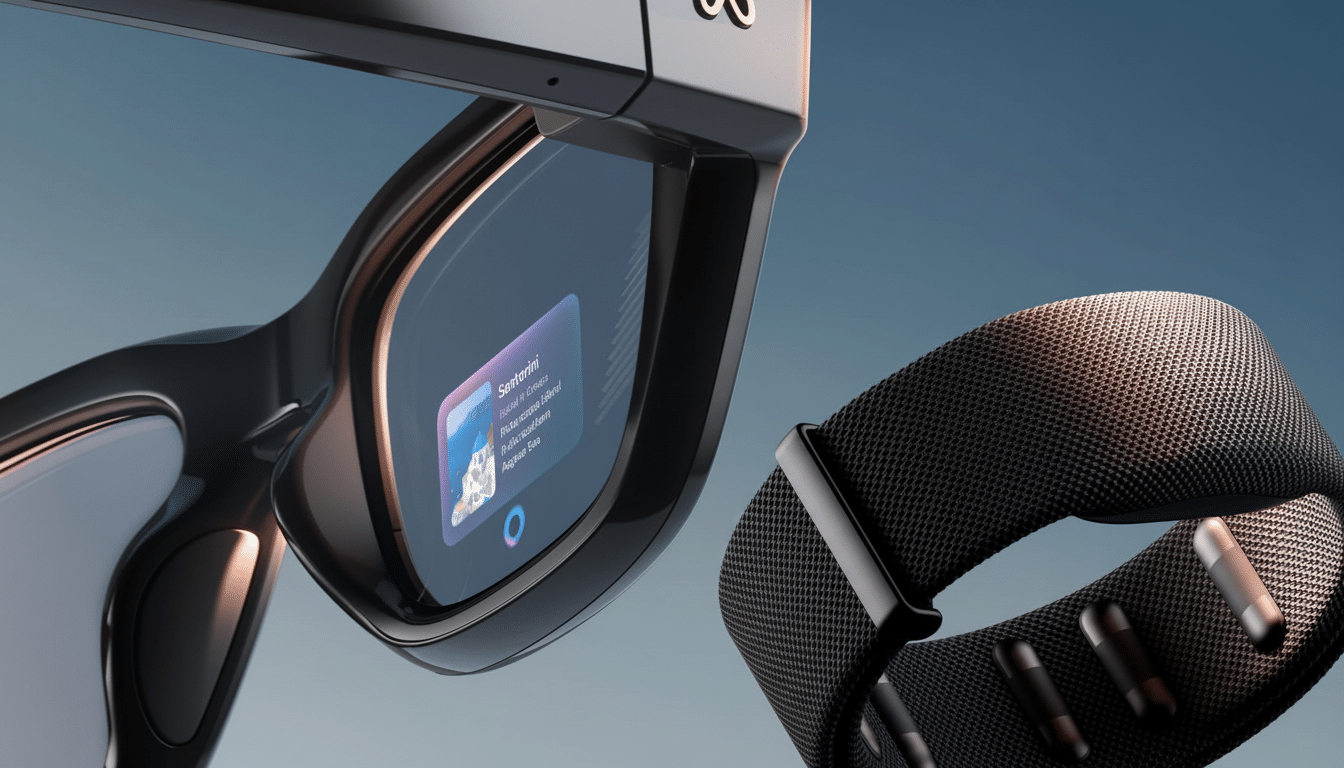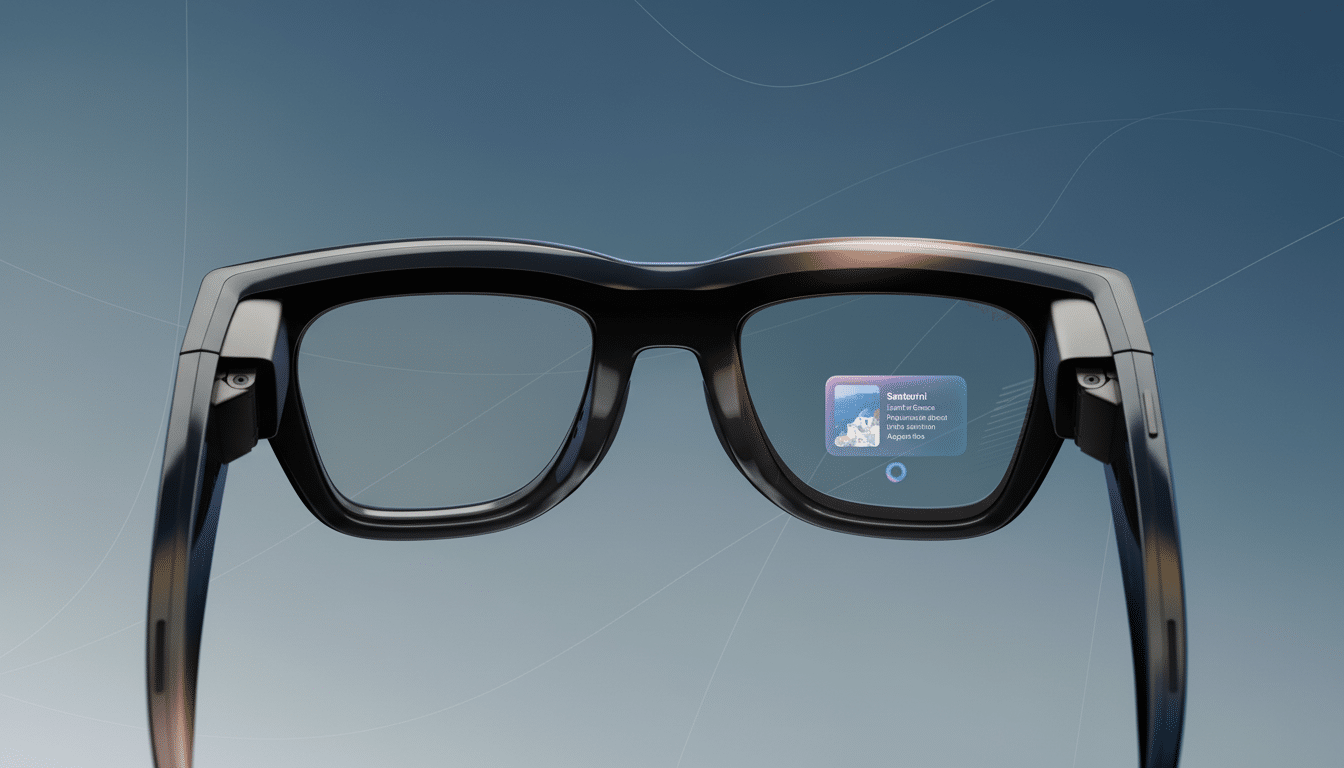Would you like a pair of Meta’s new Ray-Ban Display smart glasses? You may want to bring your credit card — and more. Early buyers are learning that the company insists on an in-person demo before purchase, yet those demos are restricted to a spindly map of retail partners with few appointment spots and sellouts.
In-store demos only, with few locations and limited slots
Meta’s $799 glasses, which have on-board compute, a camera, microphones, and a microdisplay in the right lens, aren’t sold like most gadgets. The company is directing demand to scheduled demos at certain Best Buy stores and a subset of EssilorLuxottica-owned eyewear chains such as LensCrafters and Ray-Ban boutiques. Browsing the demo scheduler for big metros reveals sparse pickings: in the Washington, D.C. area, selections are clustered around stores a good 20–25 miles from downtown; in the Bay Area a sole downtown eyewear shop and South Bay Best Buy pop up; around Los Angeles, plans lean to suburban locations demanding long cross-town drives.

Even industry veterans are hitting friction. At the same time, tech analyst Avi Greengart recounted going to a listed address that didn’t even have the product, and then traveling to another nearby location where an order could be placed, but not filled for weeks. He also discovered that not all retail partners process prescription configurations in store, which is a critical matter for anyone wearing corrective lenses.
Why Meta is limiting purchases to in-person demos first
Meta says the demo requirement is simply a matter of fit, comfort, and confidence. The company’s public FAQ says staff will verify the correct frame size, make sure you’re not bothered by a single-eye view, and size up the Neural Band motion-sensing wrist controller before you’re allowed to buy. That is also akin to the way many other head-worn devices are sold: Apple hyped in-person fitting for its initial spatial computer, and VR headsets tend to convert higher when shoppers try them under the guidance of an expert.
The approach solves two of AR’s most chronic challenges in early hardware: returns and mismatched expectations. You’re looking through a microdisplay covering just one eye, not at text and glanceable cards, but a cinematic field of view; there’s no escaping actual trade-offs between brightness and battery; frame alignment impacts clarity. For many shoppers, a ten-minute consult with a specialist is the difference between delight and buyer’s remorse.
Availability, prescriptions and the retail puzzle
Scarcity is compounding the gate. Stocked locations have sold through initial allocations, Meta admits, too, on at least one front, saying that it will be expanding capacity by opening a number of new demo sites and an online order operation sometime in the future. The company has not revealed how much it shipped to retailers, however.

The path to getting a prescription is another choke point. Meta’s eyewear partner EssilorLuxottica runs more than a thousand retail locations across the US, but only a handful currently feature the Display demos, and fewer still seem ready to take prescription orders for the new frames. That’s not trivial: adding a display to one lens makes it harder to cut the lens, thicker and less balanced in terms of weight, and can narrow the range of permissible prescriptions. If you require Rx lenses, however, you may be funneled to particular optical counters or flagship locations.
Price adds pressure. At $799, Display is well above the original camera-only Ray-Ban model and closer to the premium range of wearables. Expectations for that kind of money include reliable navigation prompts, notifications, and hands-free capture as well as voice control that operates in bright sun on noisy streets. Establishing those expectations properly before you buy is exactly what the demo is meant to do — assuming, of course, that you manage to snag a spot.
Competition is watching, and waiting to see if this works
Meta, which is by far the most high-profile brand to get AR into everyday-looking frames, will soon have company. Google teased Android XR eyewear built with Samsung at its developer conference, suggesting a move beyond headsets to lightweight glasses. Citing people familiar with the matter, Bloomberg also said Apple has been focusing on the smart glasses form factor at the expense of near-term changes to its VR headset. Should Meta demonstrate that a closed try-before-you-buy funnel results in happy owners and fewer returns, rivals are likely to replicate the playbook.
What buyers can do now to improve their chances
If you’re determined to buy, plan ahead.
- Regularly check Meta’s demo scheduler, expand the radius of your search, and be prepared to travel.
- If you require a prescription, call in advance to ensure the store can accommodate your Rx for the Display frames and inquire about lead times.
- Expect tight supply at the start; Meta says more demo locations are coming and online ordering is under consideration.

